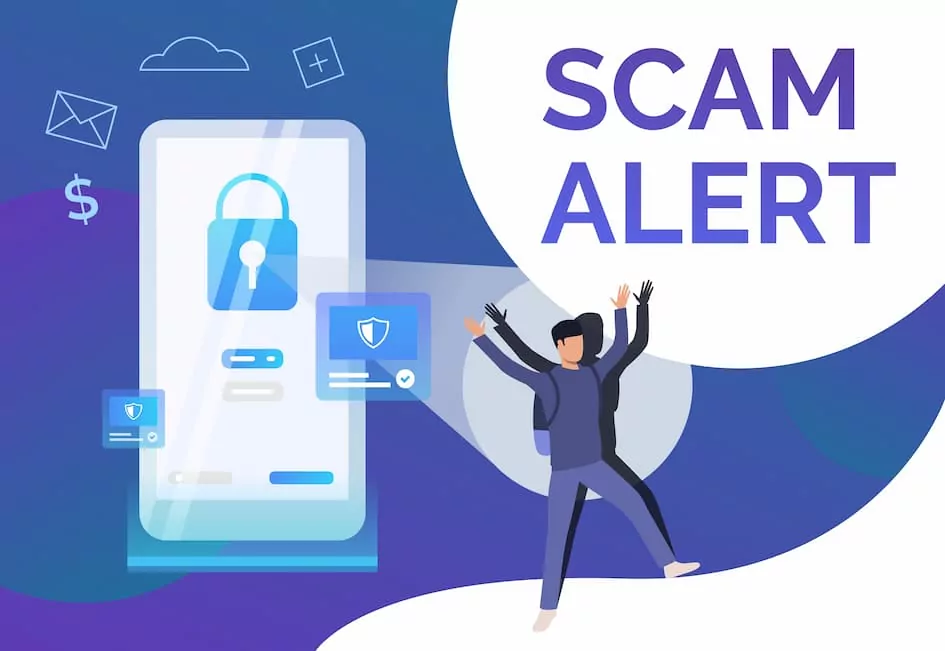How Online Car Buyers Spot Scams And How to Protect Your Sale
Selling your car online can be fast, convenient, and profitable but only if it’s done safely. In today’s digital world, buyers are more cautious than ever, and for good reason. Scams are everywhere, and even one red flag can send a buyer running before you ever get a message.
If you’re planning to sell your car, you need to know how buyers spot suspicious listings and more importantly, how to build instant trust. From poor descriptions to shady payment requests, online car shoppers have learned to recognize scam signals fast. But with the right strategy and tools, you can avoid looking like one of the bad guys and close your deal with confidence.
Let’s break down the most common red flags, how smart buyers avoid scams, and how you can make your listing stand out as 100% legit.
How Savvy Buyers Spot Red Flags
Online car shoppers are doing more due diligence than ever. Here’s how they spot potential scams and what you can learn from their playbook:
1. Listings With No Real Photos
Scam listings often use stock images or low-quality photos grabbed from other websites. A smart buyer will reverse-image search your pics if something seems off.
Fix: Upload 10–20 clear, original, high-resolution photos from multiple angles interior, exterior, and under the hood.
2. Suspiciously Low Prices
If the price feels “too good to be true,” buyers assume it’s a fake listing or a bait-and-switch scam.
Fix: Price your vehicle based on real market value. Use comparison tools to keep it realistic and competitive.
3. Vague or Overly Generic Descriptions
Scammers tend to write lazy listings with no real details. Buyers look for specificstrim level, mileage, history, recent service.
Fix: Write a detailed, personal description of the car’s condition, features, and any imperfections. Show you’re a real, honest seller.
4. Requests for Payment Outside the Platform
Buyers are instantly suspicious if they’re asked to send money upfront via wire transfer, gift cards, or unusual apps.
Fix: Stick to standard, safe payment methodslike bank transfers, verified cash deals, or secure digital platforms.
5 Buyer Trust Signals That Convert More Clicks
To avoid looking like a scammer, you need to send strong, clear trust signals from the start. Here’s how:
1. Verified Identity and Contact Info
Use your real name, phone number, and location. Platforms like AutosToday include seller verification features so buyers know who they’re dealing with.
2. Clean Vehicle History
Share service records, accident history, and ownership details. This isn’t just for showit gives serious buyers the confidence to act.
3. Proof of Ownership
If a buyer asks for the title or registration, don’t hesitate to show it. Block out personal info for privacy, but make it clear you legally own the car.
4. Transparent Communication
Be quick, polite, and helpful in your replies. Scam sellers often dodge questions or give vague answers. You should do the opposite.
5. Meet in Safe, Public Places
Offer to meet at a well-lit public location many cities have designated police “safe exchange zones” for exactly this purpose.
How Platforms Like AutosToday Help Protect You
One of the best ways to build trust and stay protected is by choosing a platform with built-in safety and verification tools. When you start selling your car through AutosToday, you benefit from:
- Verified Seller Accounts: Adds credibility to your listing so buyers know it’s not a fake.
- Secure Listing Wizard: Guides you through each step to include all necessary information and avoid shady formatting.
- Scam Filter Alerts: Buyers and sellers are warned about suspicious behavior or duplicate listings.
- Buyer Reviews and Profiles: Just like on eBay or Airbnb, you can vet buyers and see how others have interacted with them.
When you sell in a protected ecosystem, you don’t have to go it alone and buyers feel safer too.
Protecting Yourself as a Seller
It’s not just buyers who get scammed sellers can be targets too. Here’s how to stay safe:
1. Never Accept Overpayments
A common scam involves a “buyer” sending too much money, then asking you to refund the difference. It’s a trap.
2. Wait for Cleared Payment Before Releasing the Car
Don’t hand over keys or the title until you have cleared funds in your account.
3. Use a Bill of Sale
Create a written, signed record of the sale that includes date, price, buyer/seller names, and VIN.
4. File a Release of Liability Immediately
As soon as the sale is complete, notify your DMV. This removes your name from future tickets or liability claims.
Summary: Red Flags to Avoid, Trust Signals to Send
| Red Flag | What to Do Instead |
| Stock or blurry photos | Use original, high-quality images |
| Unrealistically low pricing | Research market value and price competitively |
| Vague vehicle details | Include exact specs, history, and selling points |
| Requests for strange payments | Stick to secure, common-sense payment methods |
| Slow or evasive communication | Be fast, clear, and open about the car and sale |
Conclusion
Buyers today are smarter than ever and if your listing feels even slightly “off,” you could lose them in a heartbeat. But the good news? Building trust isn’t hard. With clear photos, honest descriptions, and a secure platform like AutosToday that verifies your info, you’ll stand out as a real seller worth buying from.







